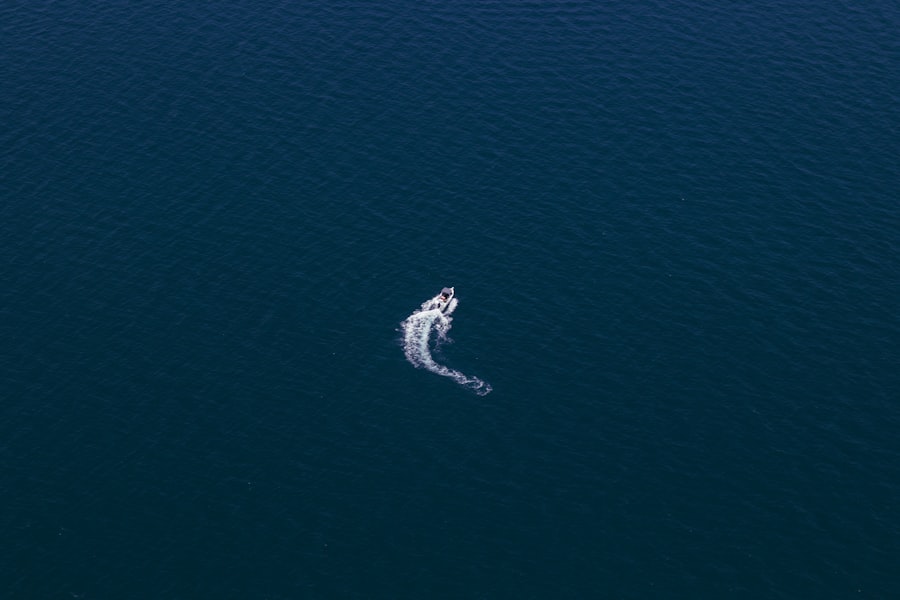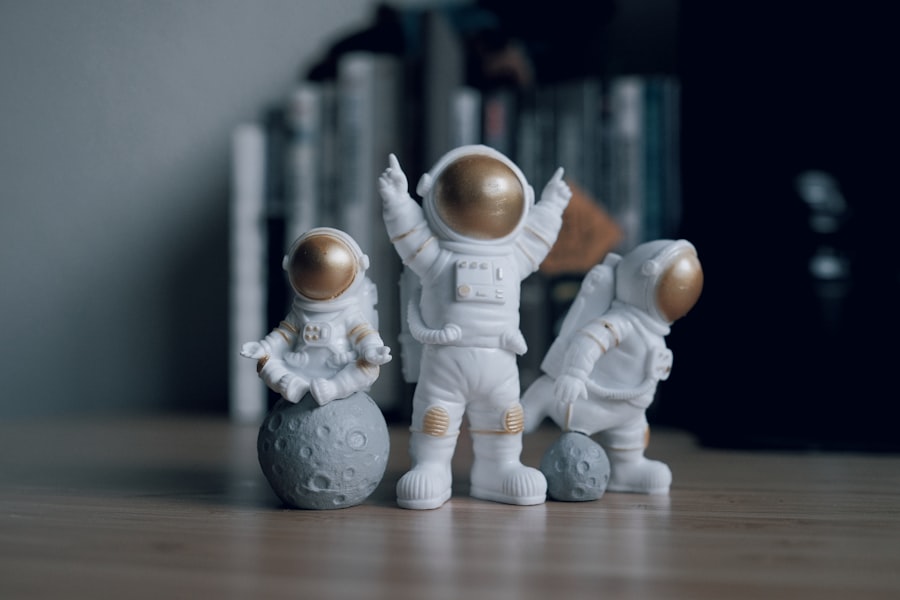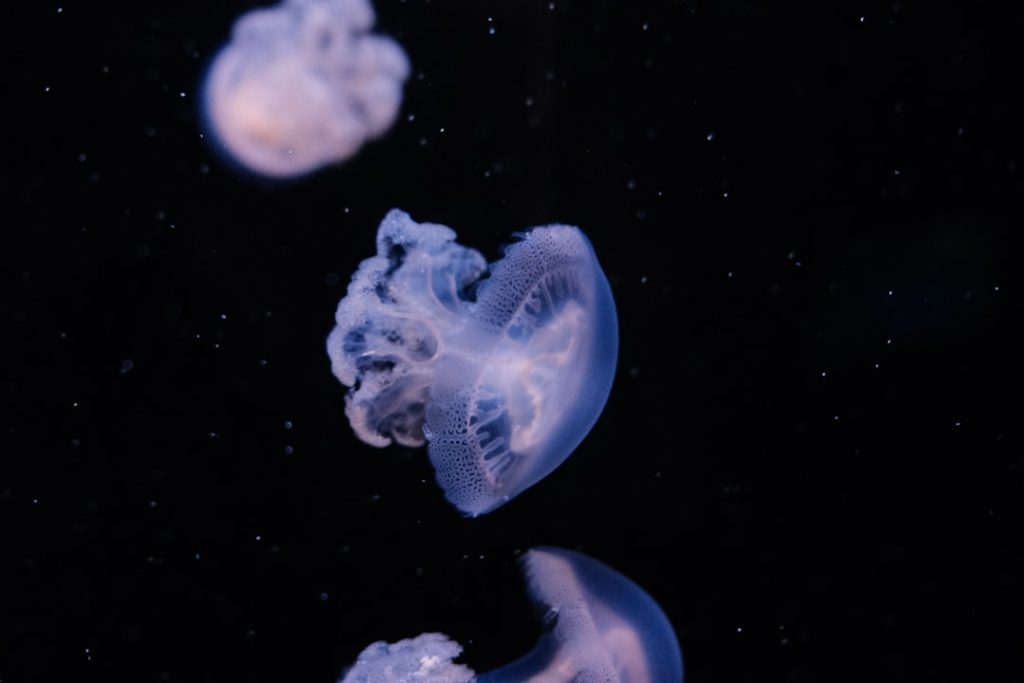Underwater training has emerged as a critical component in the preparation of astronauts for the unique challenges they will face in space. The microgravity environment of space presents a host of physical and psychological challenges that are difficult to replicate on Earth. However, the underwater environment offers a compelling alternative, allowing astronauts to experience weightlessness while also providing a controlled setting for training.
This method not only helps astronauts acclimate to the sensations of floating but also enables them to practice complex maneuvers and tasks that they will need to perform during space missions. The significance of underwater training extends beyond mere physical acclimatization. It serves as a platform for developing teamwork and communication skills essential for successful missions.
Astronauts often work in teams, and the ability to coordinate effectively under pressure is paramount. Underwater training exercises are designed to foster collaboration, as crew members must rely on one another to complete tasks while navigating the challenges posed by the aquatic environment. This aspect of training is crucial, as it mirrors the dynamics of working in confined spaces aboard spacecraft, where effective communication can be the difference between mission success and failure.
Key Takeaways
- Underwater training is crucial for astronauts as it simulates the microgravity environment of space and helps them prepare for spacewalks.
- The ocean is used to simulate space conditions due to its buoyancy and the ability to create a similar environment for training purposes.
- Underwater missions help astronauts practice tasks such as equipment handling, navigation, and communication, which are essential for spacewalks.
- Aquanauts play a vital role in astronaut training by providing expertise in underwater operations and contributing to the development of space mission protocols.
- Astronauts face challenges such as limited visibility, communication difficulties, and the risk of decompression sickness during underwater missions.
Simulating Space Conditions in the Ocean
The ocean provides a unique environment that closely mimics the conditions of space, particularly in terms of buoyancy and the need for specialized equipment. When submerged, astronauts experience a sensation akin to weightlessness, which is essential for them to understand how their bodies will react in microgravity. This simulation allows astronauts to practice using their space suits and other equipment in a setting that closely resembles the conditions they will encounter during extravehicular activities (EVAs) or spacewalks.
Moreover, underwater training facilities, such as NASA’s Neutral Buoyancy Laboratory (NBL), are equipped with advanced technology that allows for the replication of various scenarios astronauts may face in space. For instance, the NBL features a large pool where astronauts can rehearse tasks such as repairing satellites or conducting scientific experiments. The ability to simulate these scenarios underwater enables astronauts to refine their skills and build confidence before embarking on actual missions.
The controlled environment also allows trainers to monitor performance closely, providing immediate feedback that is crucial for skill development.
How Underwater Missions Prepare Astronauts for Spacewalks

Underwater missions are specifically designed to prepare astronauts for the rigors of spacewalks, which are among the most challenging aspects of human spaceflight. During these missions, astronauts must perform intricate tasks while managing their physical exertion and maintaining communication with their team. The underwater environment allows them to practice these skills in a safe and controlled manner, where they can focus on mastering the technical aspects of their work without the added stress of actual space conditions.
One key element of underwater training is the use of specialized suits that mimic the functionality of space suits. These suits are designed to provide buoyancy control and thermal regulation, similar to what astronauts will experience in space. By practicing in these suits underwater, astronauts can become familiar with their limitations and capabilities, learning how to maneuver effectively while encumbered by bulky equipment.
This preparation is vital, as even minor errors during a spacewalk can have significant consequences, making thorough training essential.
The Role of Aquanauts in Astronaut Training
| Metrics | Data |
|---|---|
| Number of Aquanauts | 12 |
| Depth of Aquarius Reef Base | 60 feet |
| Duration of Mission | 10 days |
| Number of EVAs | 6 |
| Number of Scientific Experiments | 20 |
Aquanauts play a pivotal role in astronaut training by serving as both trainers and participants in underwater missions. These individuals are often highly trained professionals with expertise in marine science, engineering, or other relevant fields. Their experience in underwater environments allows them to provide valuable insights into the challenges that astronauts may face during their missions.
By collaborating with aquanauts, astronauts can gain a deeper understanding of how to navigate complex underwater tasks while also learning about the importance of teamwork and communication. In addition to their role as trainers, aquanauts often participate in joint missions with astronauts, further enhancing the training experience. These collaborative exercises allow both groups to share knowledge and techniques that can improve overall mission performance.
For example, aquanauts may introduce astronauts to advanced diving techniques or underwater navigation skills that can be beneficial during space missions. This cross-pollination of expertise not only enriches the training process but also fosters a sense of camaraderie between those who explore the depths of the ocean and those who venture into outer space.
Challenges Faced by Astronauts During Underwater Missions
Despite the advantages of underwater training, astronauts encounter several challenges during these missions that can test their physical and mental resilience. One significant challenge is the psychological aspect of being submerged for extended periods. The confined space and isolation can lead to feelings of claustrophobia or anxiety, which may hinder performance if not managed effectively.
Astronauts must learn coping strategies to maintain focus and composure while working underwater, as these skills will be crucial during long-duration missions in space. Another challenge is the physical demands placed on astronauts during underwater training. While buoyancy alleviates some strain on their bodies, performing tasks in a bulky suit can still be physically taxing.
Astronauts must develop strength and endurance to manage their movements effectively while ensuring they can complete complex tasks without succumbing to fatigue. This aspect of training emphasizes the importance of physical fitness and conditioning, as well as the need for proper nutrition and hydration during missions.
Collaborations Between NASA and Oceanic Research Institutions

NASA’s commitment to effective astronaut training has led to fruitful collaborations with various oceanic research institutions. These partnerships leverage the expertise of marine scientists and engineers to enhance training programs for astronauts. By working together, NASA and these institutions can develop innovative training techniques that incorporate cutting-edge research on underwater environments and human performance.
One notable example is NASA’s collaboration with organizations like the Ocean Exploration Trust and the Schmidt Ocean Institute. These partnerships have facilitated joint missions that allow astronauts to engage in real-world underwater research while honing their skills. Such collaborations not only benefit astronaut training but also contribute to our understanding of marine ecosystems and promote public interest in ocean exploration.
By integrating astronaut training with oceanic research, NASA is fostering a holistic approach that emphasizes the interconnectedness of space and ocean exploration.
The Impact of Underwater Training on Astronaut Health and Performance
The impact of underwater training on astronaut health and performance is profound, influencing both physical conditioning and mental preparedness. Engaging in rigorous underwater exercises helps astronauts build cardiovascular fitness, strength, and flexibility—all essential attributes for enduring the physical demands of space travel. Additionally, this type of training promotes overall well-being by encouraging healthy habits such as regular exercise and proper nutrition.
Mental health is equally important in astronaut training, as psychological resilience is crucial for coping with the stresses of long-duration missions. Underwater training provides an opportunity for astronauts to develop coping mechanisms for isolation and confinement, which are common challenges faced during space missions. By learning how to manage stress effectively in an underwater environment, astronauts can enhance their mental fortitude, ensuring they remain focused and effective during critical mission phases.
Future Possibilities for Underwater Astronaut Training
As technology continues to advance, the future possibilities for underwater astronaut training are vast and exciting. Innovations such as virtual reality (VR) and augmented reality (AR) could revolutionize how astronauts prepare for their missions by providing immersive simulations that replicate both underwater and space environments. These technologies could allow astronauts to practice complex tasks in a highly realistic setting without the logistical challenges associated with actual underwater missions.
Furthermore, as our understanding of both oceanic and extraterrestrial environments deepens, there may be opportunities for more integrated training programs that combine elements from both fields. For instance, future missions may involve exploring ocean worlds like Europa or Enceladus, where knowledge gained from underwater training could prove invaluable. By continuing to invest in innovative training methods that bridge the gap between ocean exploration and space travel, we can ensure that astronauts are well-prepared for whatever challenges lie ahead in their quest to explore new frontiers.


